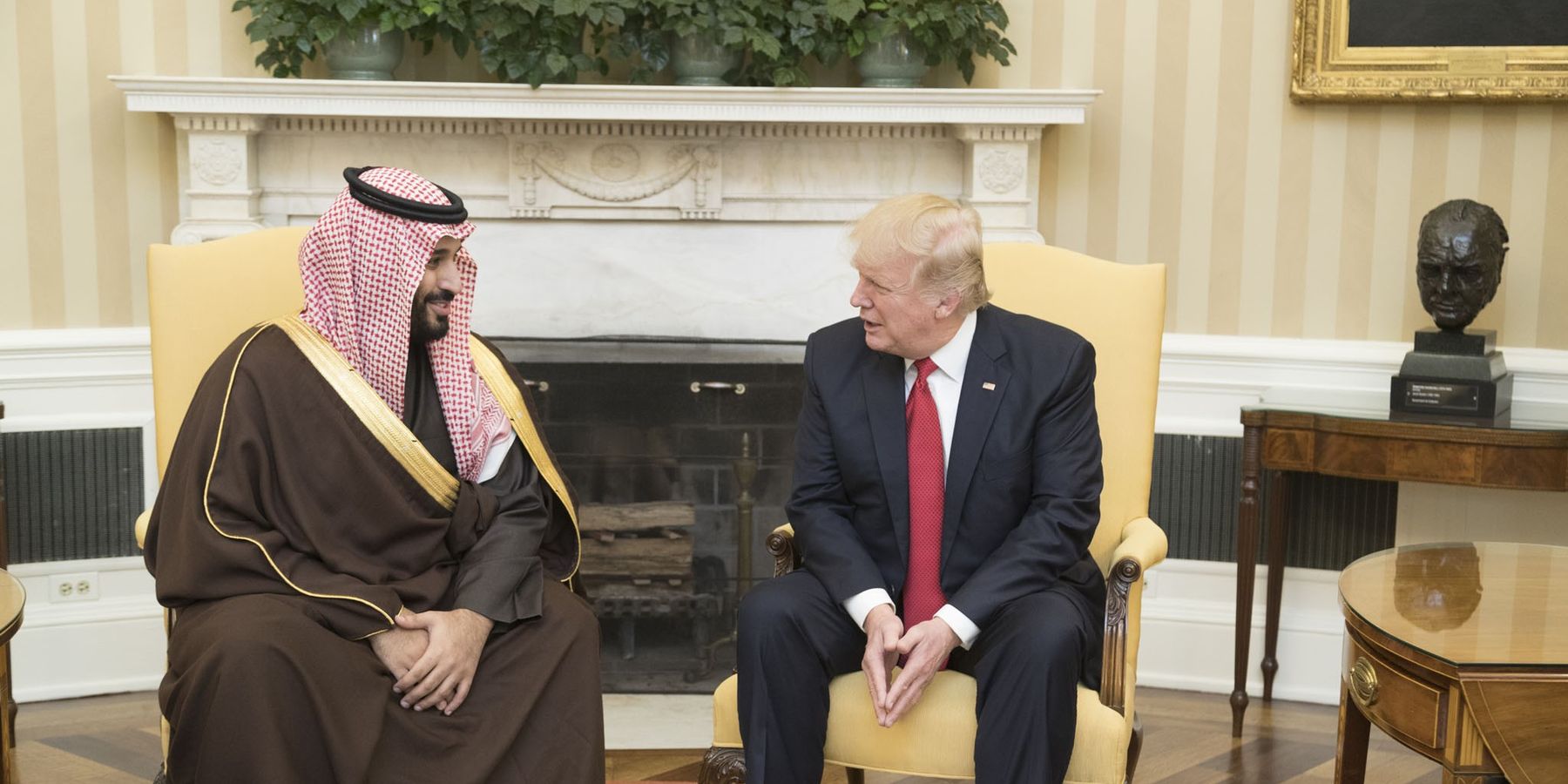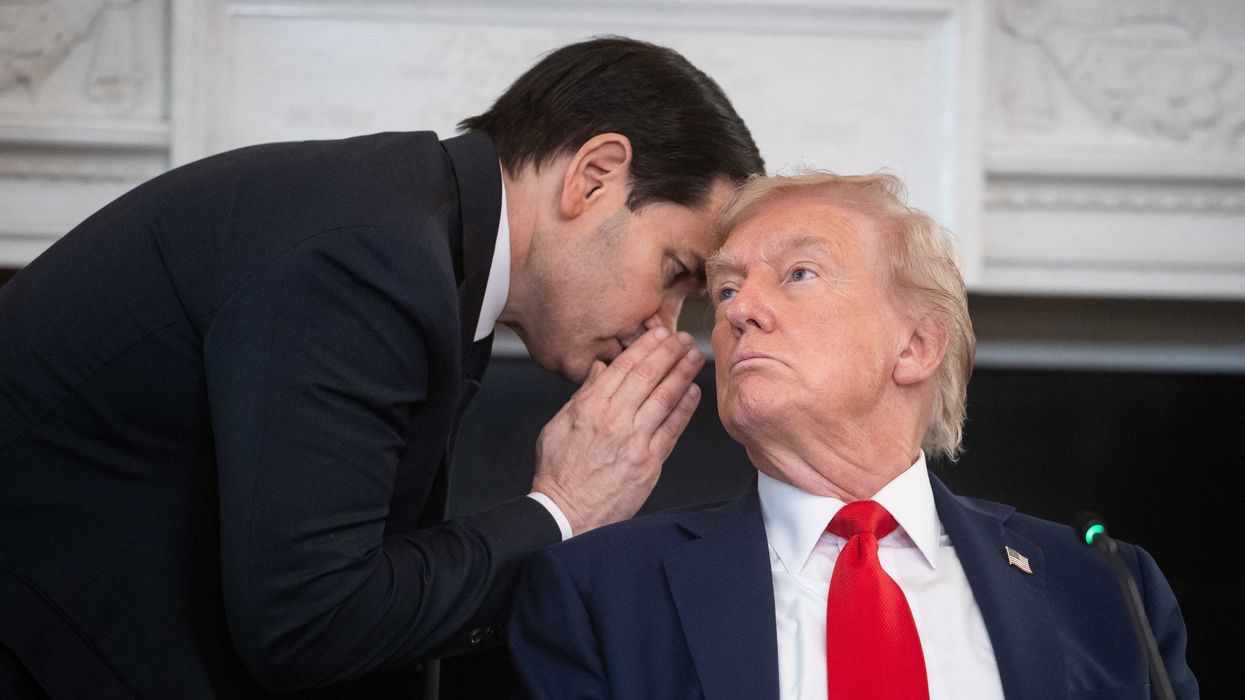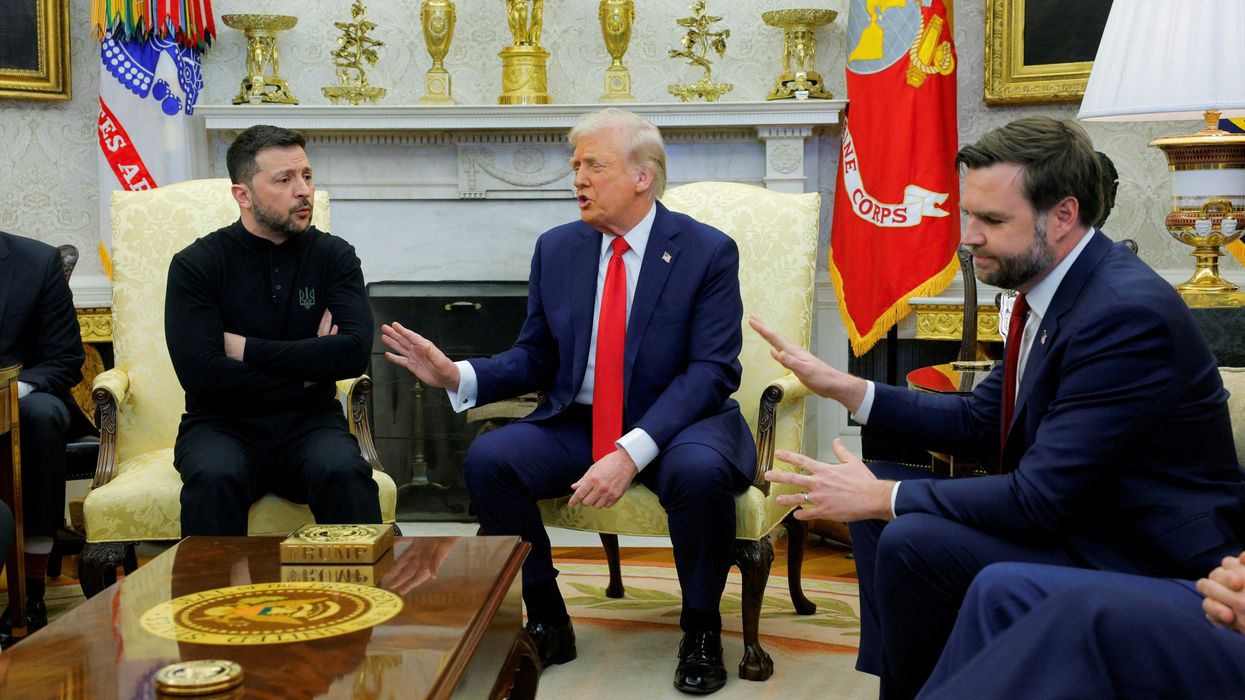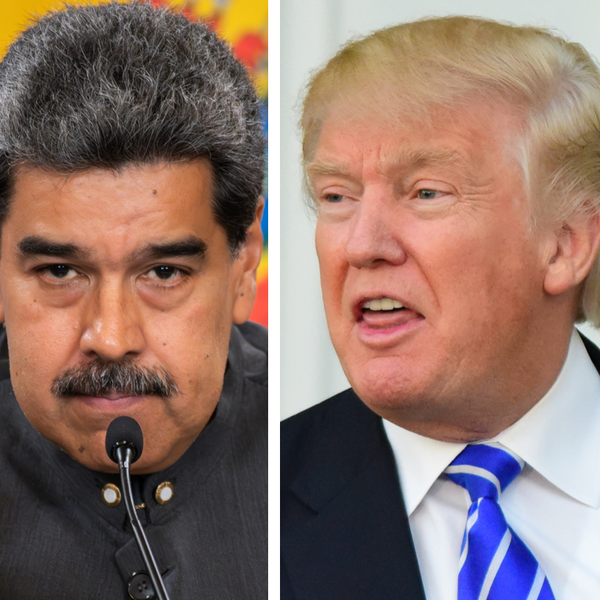A month into the fragile ceasefire, Gazans are experiencing a brief respite from violence and the continuing release of Israeli hostages and imprisoned Palestinians. But debate over the future of Gaza reflects the agendas of states with a stake in the ongoing crisis — rather than the grim day-to-day reality Gazans face on the ground.
Once the ceasefire got underway, Gaza faded from the headlines — until Trump reignited the debate when he declared that the U.S. would occupy Gaza, relocate its residents, and transform it into a “Riviera of the Middle East.”
“We’re going to take it,” he proclaimed just last week. “We’re going to hold it.”
This is an outcome not even the Israeli government believed it could achieve. Although early in the war, it had broached the idea that Egypt and Jordan could accept some Gazan refugees, the government headed by Prime Minister Benjamin Netanyahu had settled on a policy of internal displacement for the Palestinians, moving large sectors of the population within the enclave to facilitate the IDF’s mapping and destruction of tunnels and to carry out attacks on remaining Hamas fighters.
Trump cut to the chase. If Hamas is going to be eliminated from Gaza, everyone has to go. No more whack-a-mole. Trump’s remarks handed Netanyahu a convenient “day-after” plan, something missing from his bomb-first, plan-later approach to Gaza. Trump’s framing of his pitch – that wholesale transfer was the only feasible way to relieve Palestinian suffering – was deceptively cunning.
To those repulsed by the prospect of adding to the Palestinian diaspora, the real damage of Trump’s gambits is not that it will become reality but rather that it has diverted attention from efforts to develop a genuine post-war strategy. Or has it?
Perhaps, as Prof. Gregory Gause recently argued, Trump’s threat serves a different purpose. By proposing to expel Palestinians from Gaza, Trump is making an intentionally provocative move to pressure Gulf Arab states — especially Saudi Arabia — into funding Gaza’s reconstruction and normalizing ties with Israel. According to Gause, such a gambit mirrors Netanyahu’s 2020 threat to annex parts of the West Bank. This ultimately led to the UAE normalizing relations with Israel partly in exchange for pausing the annexation plan.
Whether this is truly Trump’s strategy matters less than the fact that rebuilding Gaza — and starting soon — is essential for any meaningful negotiations or a sustainable end to the conflict, let alone a comprehensive peace agreement. More fundamentally, it is essential to averting a humanitarian catastrophe and the multigenerational degradation of Palestinian society.
While many Gazans are critical of Hamas as corrupt or ineffective, they have largely supported armed struggle against Israel and embraced the genuine belief that Palestine will eventually emerge victorious. The wholesale destruction of Gaza risks strengthening this maximalist mentality among Gazans, who may now feel they have little left to lose.
Allowing Gaza to fester in its present squalor and destruction would be a grave mistake, although, for Israel, this is probably not an issue. It can keep Gazans from penetrating its territory directly from the enclave and maintain tight control over ports of entry. Hamas might reconstitute to some extent, but God help the leader who sticks his head above the parapet.
Furthermore, many Israelis likely also share the Gazan view that there is little left to lose, and armed confrontation is the sole pathway to eventual victory.
But if you rule an Arab state in Gaza’s proximity, you must expect that some Gazans, radicalized by the recent war and eager for revenge, will escape the cauldron to safety in your cities. Egypt faced this challenge for nearly 20 years, losing a president to assassination in the process. Jordan suffered from it in 1970-1971, and Lebanon, in turn, from the mid-1970s onward. It was the Saudis’ turn in the early 2000s, following America’s on 9/11. Rebuilding Gaza, therefore, is an essential investment in the political and social stability of neighboring states.
The Saudis are particularly vulnerable because the Crown Prince’s 2030 plan – an ambitious thrust by the Kingdom toward global integration and regional leadership – hinges on a stable security environment. And his political survival presumably hinges on maintaining civil order in his own country.
However, the Saudi stake is also potentially positive. Intervening constructively to stave off a cataclysm in Gaza would underscore Mohammed bin Salman’s claim to a leadership role at home and abroad. The Arab Summit slated for March 4, which has already prompted Egypt to put forward its own reconstruction proposal, would provide the ideal venue to make good on this claim.
While the Saudis would have to walk back or discreetly veil their demand that normalization with Israel and participation in the reconstruction of Gaza would require Israel’s commitment to a political horizon for Palestinians, the Israelis would have to finalize a ceasefire agreement. No one, including Saudi Arabia, is going to embark on reconstruction while Israeli combat operations are ongoing. A bold Saudi offer to begin work would, therefore, challenge Israel to declare an end to the fighting.
In responding to a question about the UAE’s reaction to Trump’s Gaza plan, the Emirates’ ambassador to the U.S., Yousef Otaiba, noted that it was “difficult,” adding that he did not know where things would land. A widely-shared clip that was edited made it appear that Otaiba endorsed Trump’s Gaza plan as the only option, but in the original footage, it is clear that he was referring to Trump’s broader Middle East plan which remains unclear.
Since his remarks, UAE President Mohammed bin Zayed Al Nahyan, according to the country’s national news agency, told Secretary of State Marco Rubio that Abu Dhabi “reject[s] any attempts to displace the Palestinian people from their land.”
Nevertheless, where were other more appetizing proposals?
There are none because the Israelis have, from the outset, rejected a role in reconstructing Gaza; the Saudis have hidden behind the demand that, at a minimum, Israel take tangible steps toward Palestinian statehood, an outcome that the Israeli government emphatically rejects. Moreover, the Palestinian Authority lacks the capacity and resources to act. Under Biden, the White House pressed for a day-after plan, but the Israelis, flexing their muscle within the American body politic, found they could disregard the request with impunity.
Thus, at this juncture, the Saudis are the only potentially effective player capable and, in theory, incentivized to act.
We have no way of knowing whether the Trump administration has systematically engaged the Crown Prince on its hypothetical threat — or should we say bluff? — to dump millions of impoverished Palestinians into fragile neighboring states if the Kingdom fails to step up to the plate and start to rebuild Gaza. And, moreover, sign a treaty with Israel. What is known is that the hour is late, and the task is great.
















